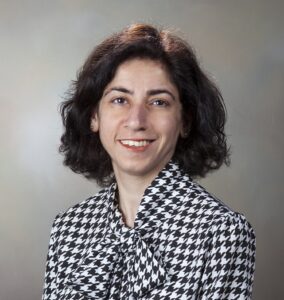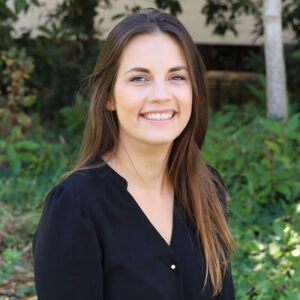
Between increasing temperatures and altered precipitation patterns, climate change has significant short- and long-term impacts on soil. This included everything from increases in soil corrosion, to thawing permafrost, and even a decrease in the ability of soil to hold water. Associate professor Pania Newell from the department of mechanical engineering at the University of Utah has partnered with Assistant Professor Marta Miltec from San Diego State University to tackle this issue using biopolymers.
This project is one of the first funded under a new National Science Foundation (NSF) program called the CiviL Infrastructure research for climate change Mitigation and Adaptation (CLIMA). These projects enable multidisciplinary teams of researchers to work together to address challenging issues. Civil infrastructure investments are among the largest capital investments and a major component of the global economy.
Newell and Miletic met through the Engineering Mechanics Institute Conference and their involvement with EMI-Poromechanics committee facilitated their collaborations and their complementary expertise made it clear they would be strong partners in the CLIMA grant.

Newell and Miletic honed in on the possibility of using biopolymers to treat fractured soil to improve the strength and resilience of soil-based infrastructure. Biopolymers are a class of polymers that are derived from living organisms or synthesized using renewable resources. They offer a more sustainable alternative to conventional polymers, which can have negative environmental and ecological impacts.
“Our research team has the opportunity to pioneer innovative numerical and experimental methods for exploring the impact of biopolymers in fractured soil,” said Newell. “This has the potential to make significant contributions to our understanding of climate change from a foundational scientific perspective.”
Newell and Miletic’s project brings not only both civil and mechanical engineering departments together, but also an R1 and R2 institution, highlighting that research progress isn’t bound by classification levels. San Diego State University is also a minority serving institution, adding to the strong diverse team of researchers that will address this interdisciplinary issue.
“This project will be a great opportunity for students from both institutions to work together,” said Newell. “Bringing together students from Mechanical Engineering and Civil Engineering will allow them to learn from one another and realize that in education, there are no boundaries. Many of our challenges today span across multiple disciplines, making this collaborative experience invaluable.”
Newell, Miletic, and their labs will be working on this topic over the course of the next three years. You can learn more about Dr. Newell’s work at the Integrated Multi-Physics Laboratory website.